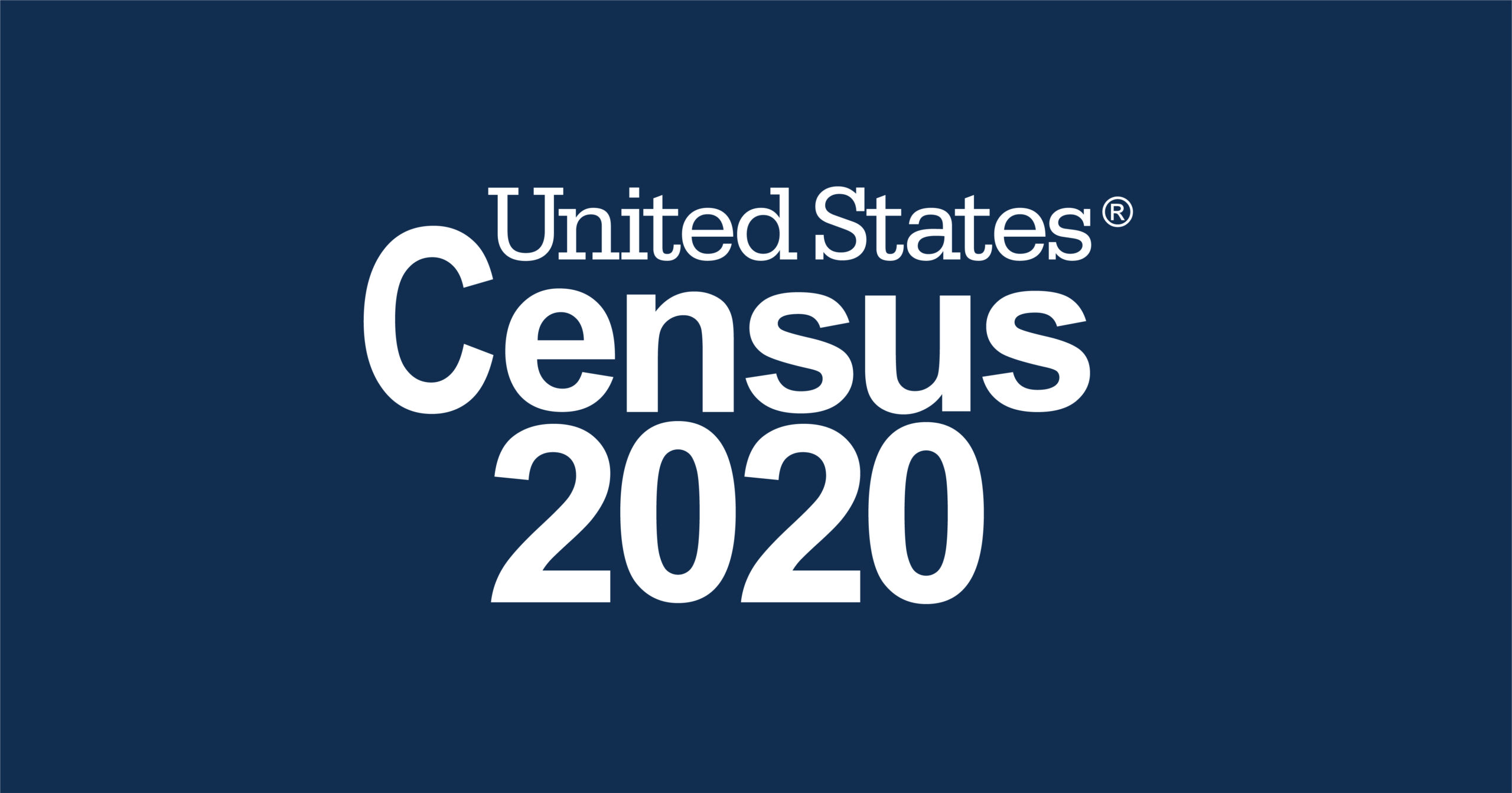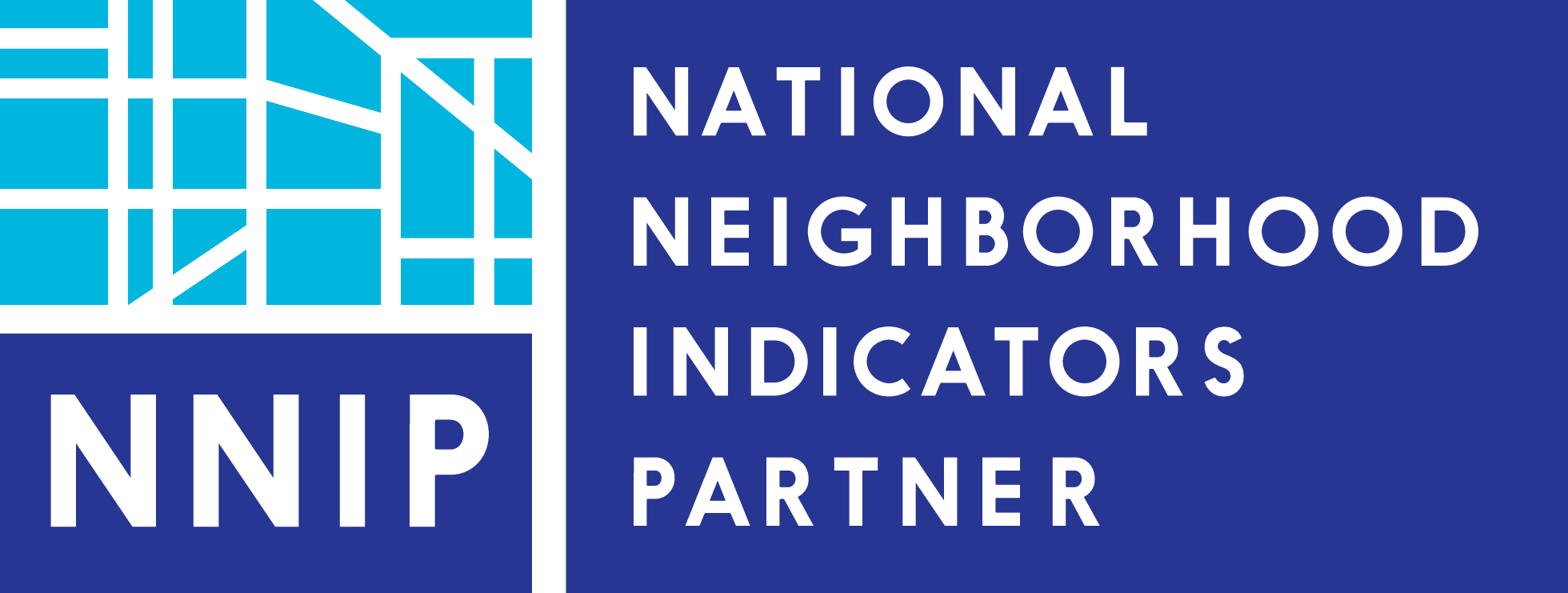Census 2020
Here we offer a growing collection of resources to help our community discover which neighborhoods are home to those least likely to respond to the Census count, what financial consequences we face if we’re undercounted, and how we can get as complete a count as possible.


What it is and why it matters
The 2020 Census will be here before we know it. Our local response will have an enormous effect on our representation in government, our share of federal funds, and our ability to understand our own community conditions. CINow is providing data to support local outreach efforts spearheaded by the joint city-county Complete Count Committee, particularly for young children, renters, immigrants, people in poverty, and other hard-to-count populations. Here we offer a growing collection of resources to help our community discover which neighborhoods are home to those least likely to respond to the Census count, what financial consequences we face if we’re undercounted, and how we can get as complete a count as possible…
Our 2020 Census work was initially funded as part of an Annie E. Casey Foundation-sponsored initiative of the National Neighborhood Indicators Partnership in 2018-2019. A grant from the John L. Santikos Charitable Foundation, a fund of the San Antonio Area Foundation, has allowed us to expand on our early efforts.
What it is the 2020 Census and why does it matter?
The United States has counted its population every 10 years since 1790, with the very first use of the data being determination of representation in Congress. The goal is to count everyone once, only once, and in the right place.
The Census has only about 10 questions about age, sex, Hispanic origin, race, relationship, and home ownership. This Census will be the first time that households can respond online in addition to mail, phone, or in-person.
Here are some of the ways the Census information is used:
- re-drawing voting districts (redistricting);
- allocating more than $675 billion in federal dollars to states, cities and counties, and individuals and families each year;
- helping businesses decide where to put new facilities and jobs; and
- helping all of us understand our own community conditions and where to intervene to help people and neighborhoods thrive.
But one interesting question we get is why we push the place lens, not just the race/ethnicity lens, as a way to see #inequity clearly. The degree of difference is masked or washed out in the race/ethnicity breakout.
An easy example is median household income (from all sources, not just wages). That’s about $53K for Bexar County overall. “Median” is the halfway break point – half of county households have income higher than $53K and half have income lower. So median ~$53K for the county overall, ~$45K-$46K (which is 86% of $53K) for Hispanic and Black households, and ~$70K (132% of $53K) for Non-Hispanic White households. And 86% vs. 132% of county median is a big variation, for sure.

How close are we to a complete count?
On behalf of the joint city-county Complete Count Committee (CCC), CINow has launched a new online data tool to help the CCC and others monitor local response rates and finely target outreach strategies. Place-based data has become even more critical as the CCC was forced to shift the initial “high-touch” strategy in response to the COVID-19 pandemic, meaning that community-based partners like nonprofits and churches could no longer rely on in-person interaction with participants…
Where do our “hard-to-count” community members live?
Where do our “hard-to-count” community members live?
CINow’s new Hard-to-Count Map series shows neighborhoods where targeted outreach is likely needed to ensure a complete count. These maps will display not just the Census Bureau-defined hard-to-count areas, but also areas with barriers like low broadband subscription rates and risk profiles like low voter turnout.
The Response Area Outreach Mapper (ROAM) shows in dark blue those neighborhoods where our community is least likely to respond to the Census. Learn more about the data behind ROAM here.
HTC 2020 from CUNY Center for Urban Research maps the census tracts with the lowest 20% of return rates, where fewer than 73% of households returned their 2010 Census surveys by mail. Learn more about the tool here.

Barriers to responding
In addition to an overview of factors that motivate people to respond or act as barriers to response, the resources on this page address three of the most commonly-raised issues of concern: the proposed citizenship question, the introduction of an online response option, and the privacy and security of information provided by respondents…
Why do people participate (or not)?
The Census Bureau has just released two new reports summarizing the results of a national survey and focus groups that sought to learn who intends to respond to the Census, what people know about it, and what would make them more likely or less likely to respond. The summary and full reports are linked below, and action toolkits that incorporate what we know about communicating effectively about the Census are here.
- Summary: 2020 Census Barriers, Attitudes, and Motivators Study (CBAMS) Survey and Focus Groups: Key Findings for Creative Strategy
- Full report: 2020 Census Barriers, Attitudes, and Motivators Study (CBAMS) Final Survey Report
- Full report: 2020 Census Barriers, Attitudes, and Motivators Study (CBAMS) Final Focus Group Report
The proposed citizen question
Although the proposed citizenship question was not allowed to be included in the 2020 Census, many communities worried about the effect on response rates of the proposed addition of a question about citizenship, and that anxiety is likely to continue to have an impact. Here are resources that give context for the proposed addition and reasons why the addition was of concern, as well as the local policy position on the question.
- Background: Brennan Center for Justice, Why The Census Asking About Citizenship Is Such A Problem
- Local position: San Antonio Express-News, Council approves resolution opposing census citizenship question
- Most recent local news: Google search results
- Most recent news on litigation: Brennan Center for Justice, In the News
The new online response options
The 2020 Census marks the first time where it’s possible to respond online to the Decennial Census. every household will have the option to respond by mail or phone. The U.S. Postal Service and Census workers are still critical links to households. Although online is not the only way to respond, the introduction of the online option as the preferred way of responding means that targeted outreach and supports are needed for people who do not have the benefit of full digital inclusion. (Our Hard to Count Maps show which neighborhoods have the lowest proportion of households with a broadband subscription.) The following resources outline the various response options available – online, by mail, by phone, and in person – and what the online response option means for Census 2020 response rates and targeted outreach.
- Counting Everyone in the Digital Age (The Leadership Conference Education Fund and the Georgetown Center on Poverty and Inequality)
- Digitizing the 2020 Census (Brennan Center for Justice)
About Census response privacy and security
Although the Census Bureau has extensive protections in place to safeguard the information provided when responding to the Census, questions about privacy and confidentiality are common. The following resources outline what the Census Bureau does to protect data and how Census response data can and cannot be used.
- Census Bureau, Data Privacy and Protection Program
- Brennan Center for Justice, This Is How the Federal Government Can – and Can’t – Use Census Information

Action for a complete count
No matter who you are, you can help ensure that your community gets a complete count and its fair share of representation and resources. Below are just some of the ways different people and organizations can help…
For everyone
- Get up to speed on 2020 Census basics and frequently-asked questions so you can help inform family, friends, neighbors, and co-workers
- Find out whether you live in or work with a neighborhood where we expect to need to do extra outreach to get a good count
- Learn about and apply for Census 2020 jobs
- Become a Census Partner or just learn more for now
For nonprofits, churches, businesses, and neighborhoods
- Hand out or email the one-page 2020 Census at a Glance fact sheet
- Request a presentation tailored to your organization, business, or the families you serve
- When April 1, 2020 rolls around, host a kiosk – a computer with internet and Census information – to help people respond online
- If you work with families with young children, help close the gap for the group with the worst undercount
For foundations and philanthropists
- Check out the 2020 Census Funders Tool Kit
- Watch the video: Making the Census Count for Young Children: A Funder Strategy Conversation
- Join the FCI Working Group for more resources and to connect with other funders working on Census 2020 issues
For city and county governments
- Download Preparing for the 2020 Census, a National League of Cities Municipal Action Guide
- Learn about Complete Count Committees, a powerful tool to draw on local knowledge and wisdom, local relationships, and other local assets to collaborate on the shared goal of a complete count
- Get guidance and tools for outreach from the Census Bureau’s Community Outreach Toolkit
Contact
We Want to Meet You!
Connect with us at CINow to explore the endless ways data can make communities stronger. Whether you have questions, ideas, training needs, or a potential partnership in mind – we’re happy to hear from you!
